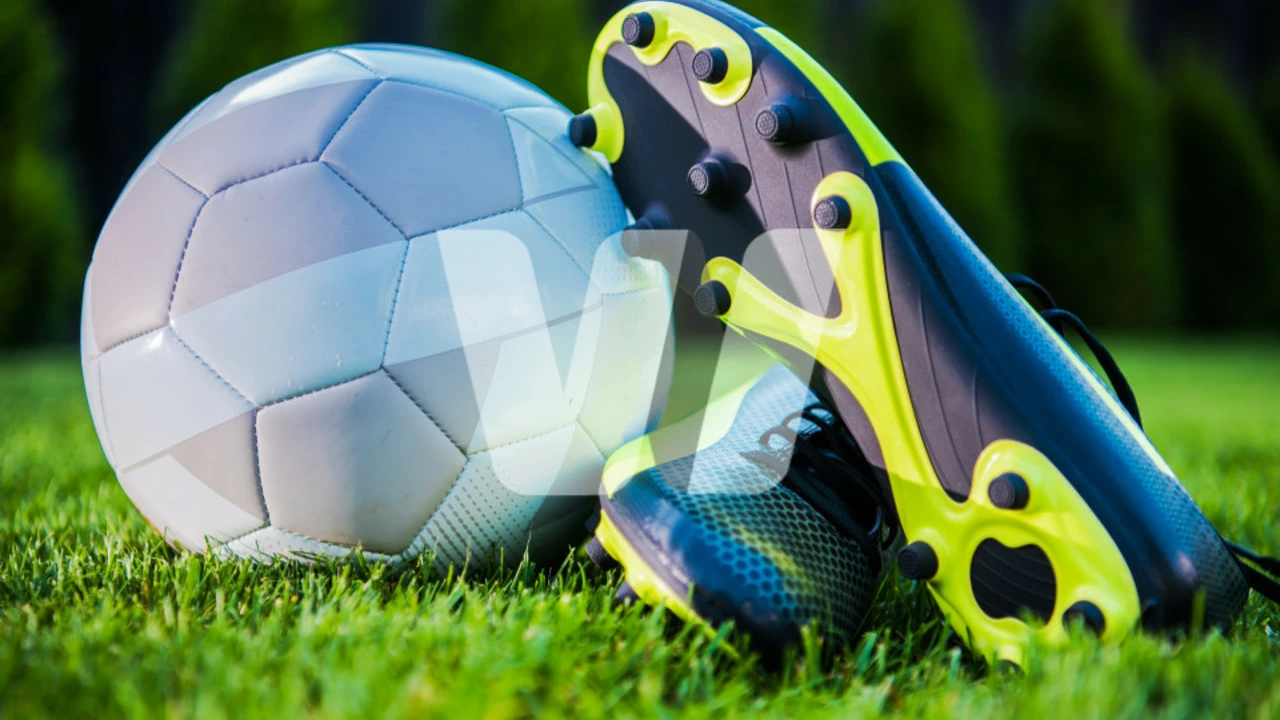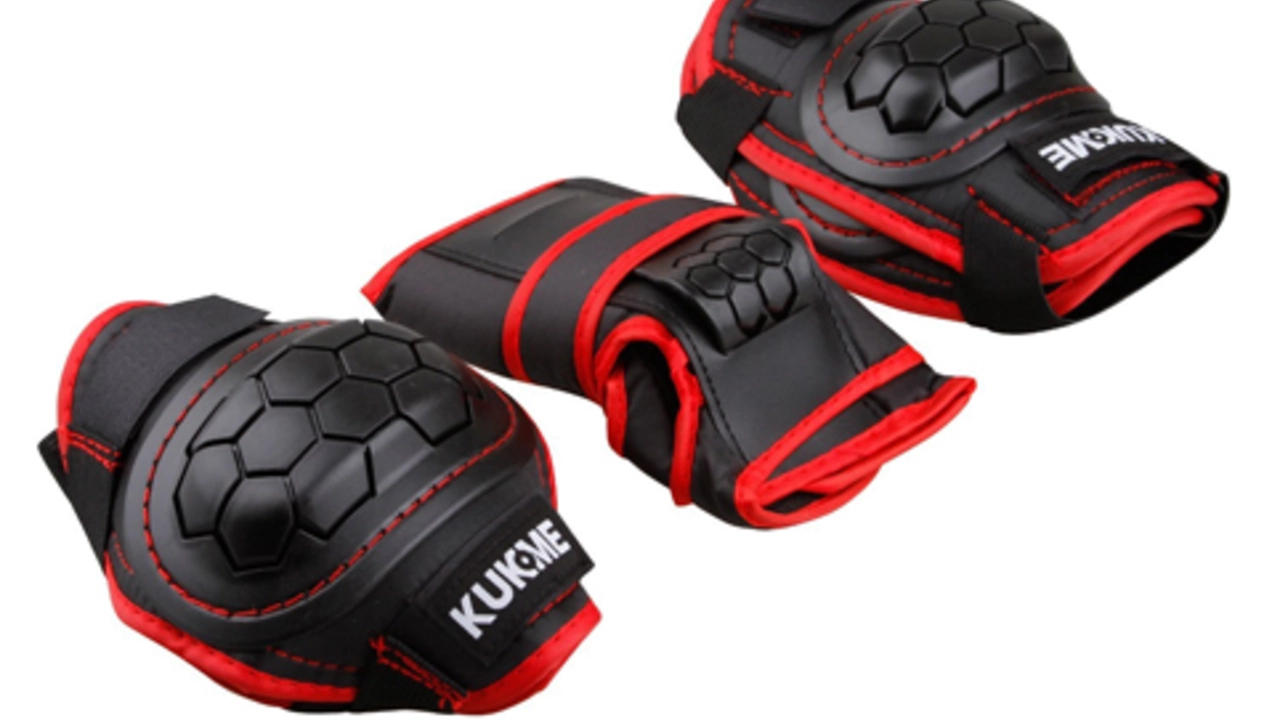Soccer Equipment Insights – August 2023 Archive
When talking about Soccer Equipment, the gear that lets players run, kick, and stay safe on the pitch. Also known as football gear, it includes everything from shoes to protective accessories. In this month’s roundup we’ll see how two hot topics—cleats and cups—spark debate among athletes.
Soccer cleats, lightweight shoes with short studs built for rapid forward motion are built for the sprint and sudden changes a soccer match demands. Soccer equipment includes these cleats, but the story doesn’t stop on the grass. Some players wonder if the same pair can survive the sideways bursts needed by baseball infielders. The answer is a qualified yes: the stud pattern offers grip on turf, yet baseball‑specific cleats provide deeper spikes for quick lateral slides. Understanding that difference helps you avoid slipping when you try to steal a base on a soccer shoe.
Switching over, protective cups, hard shell gear that shields the groin area from impact are a staple in many contact sports. Surprisingly, most professional soccer players skip them. The reason isn’t safety‑first thinking; it’s about speed. A cup can feel bulky, limiting the swift turns and low‑center‑of‑gravity moves the game rewards. So the trade‑off becomes: retain maximum agility or add a layer of comfort against accidental strikes.
Why This Archive Matters
These two articles illustrate a broader pattern: soccer equipment influences performance, but the right choice depends on the sport’s specific demands. Whether you’re eyeing a pair of cleats that could double as baseball shoes, or debating the need for a cup on match day, the decisions tie back to three core ideas. First, equipment selection affects traction and stability. Second, protective gear impacts mobility. Third, cross‑sport usage forces athletes to weigh comfort against function.
Our August posts dig into each idea with real‑world examples. The cleat article walks you through the stud geometry, explains how baseball infielders rely on lateral grip, and offers a quick checklist for anyone considering a switch. The cup article breaks down the biomechanics of a low blow, shares why elite players often forgo the shield, and lists alternatives for those who can’t live without protection.
By the end of this collection you’ll understand how sports safety gear, any equipment designed to reduce injury risk fits into the performance puzzle. You’ll also see how the same piece of equipment can play very different roles depending on the game you’re playing.
Ready to see the full breakdown? Below you’ll find the detailed posts that unpack these topics, give practical advice, and help you decide what gear truly belongs in your bag this season.

Can you use soccer cleats for baseball infielders?
So, you're wondering if your soccer cleats can play double duty and be your secret weapon on the baseball diamond too, huh? Well, it's time to kick off the suspense! Technically, yes, you could use soccer cleats for baseball. But, let's not slide into decisions too quickly. Baseball requires specific cleats for the quick lateral movements, while soccer cleats are designed for running. So, while you could use them, just remember you might not be stealing bases quite as smoothly. Now, isn't that a kick in the grass?

Do soccer players wear cups?
While you'd think that soccer players, being in a sport where a ball is flying at high speeds, would automatically gear up with a cup, you'd be surprised! Most soccer professionals actually opt out of wearing cups. Sounds shocking, I know! It's mainly because they find it hampers their mobility and agility on the pitch. So, next time you cringe seeing a player take a low blow, remember, they chose speed over shield!